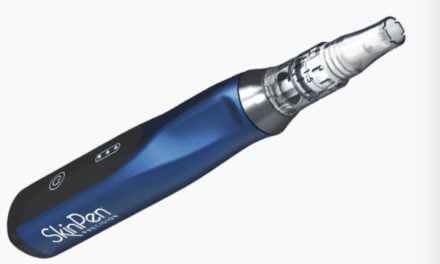Jeffrey Epstein, MD, has written a thought-provoking piece in Healthy Aging about the need for aesthetic practitioners to create ways to share their problems, successes, failures and thought processes with one another. Epstein plugs his own involvement in putting together online methods to facilitate this discussion, but along the way makes excellent points about the need for surgeons — by nature a reclusive group — to open up and talk.
When it comes to the cosmetic laser field, we can sometimes feel adrift at sea with little more than a compass and the stars to guide us. We're either doing treatments according to our laser manufacturers' guidelines, which are conservative and often inadequate to produce excellent clinical results. Or we're trying new laser settings without the benefit of knowing what other doctors have tried.
If we discover something important, we have no forum to discuss this information with our colleagues. Many of us experiment in our clinics, but we don't share our problems, successes, failures and thought processes with anyone. As a result, we make little progress because we don't benefit from others' advances and insights.
This has flattened our learning curves. Innovation-if and when it comes-is slow. This needs to change. And it begins with doctors simply talking to each other. Participating in Internet-based user groups is one of the easiest ways to do this. Such a forum allows us to share our ideas, experiences and opinions so that we can learn from each other.
The collective intellectual capacity among us, as cosmetic laser providers, is tremendous. If we all worked together, we would discover and share treatment protocols that are more effective and less painful, and produce fewer complications. We would discover better ways to reduce and treat complications when they do arise. Our field would become stronger, and we'd become better practitioners.
Unfortunately, cosmetic laser practitioners have little clinical exchange compared to other specialists, such as cardiologists. These physicians have thorough initial training with a three-year residency and a one- to three-year fellowship. They have mentors, classmates and large practice groups so colleagues can talk to one another. Publications and newsletters keep cardiologists abreast of developments in the field. They stay in touch with their academic training centers, attend meetings and are members of professional associations. In short, they communicate and connect.
Read it all here.




